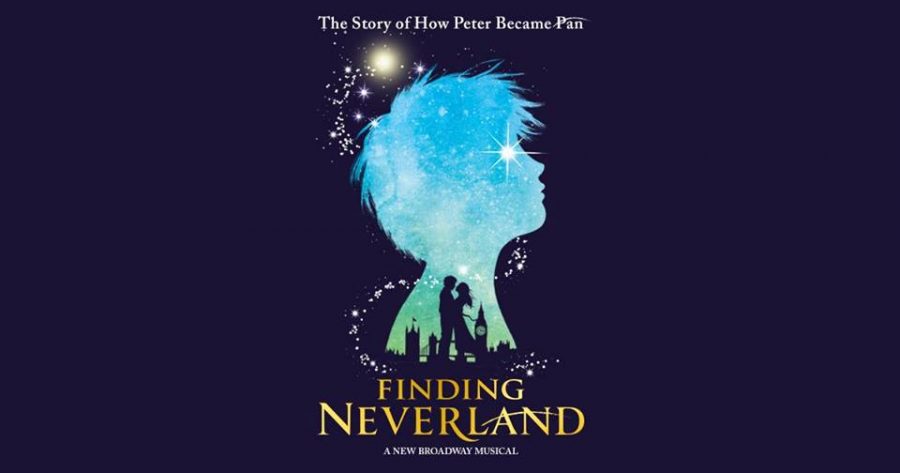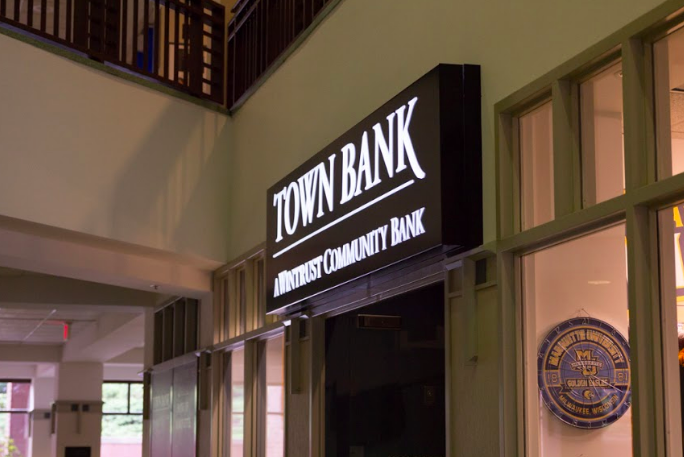When I was 13, I wanted nothing more than to be famous on the internet. Having grown up in the digital age, my middle school experience was marked by quirky Tumblr trends and infectious Musical.ly audios. I would dress on trend, change my music taste and I even learned how to do makeup. There was only one obstacle preventing my rise to stardom: my parents didn’t let me have social media.
At the time, this felt like an indefinite punishment. I was an awkward kid, and having one less thing to relate to with my classmates, made things even trickier for me. However, as I have grown up and seen the ways social media platforms affect children, I am grateful I was kept safe a little longer than most of my peers.
Last Wednesday, several tech CEOs were called to the US Senate to answer questions regarding children’s safety online. The meeting was prompted by the loss of several young people to mental health issues caused or enhanced by social media use. Victims and their families were present, scattered throughout the floor. The hearing established that there is a real problem regarding the sexual exploitation of children, the promotion of eating disorders, self-harm and cyberbullying on these platforms.
Although these companies have taken several steps to ensure the safety of children on their platforms, it is evident that it is simply not enough. From disinformation and engineered ads to sexual predators and bullying, there is no way to neutralize every threat to children online without severely impacting the way we communicate with each other. As such, I believe there also has to be a more proactive attitude from parents when allowing their children access to social media.
A child’s guardian has the sole responsibility of advocating for their child’s wellbeing. In the digital age in which we live in, this includes protecting them from the dangers that can be found on their screens as well as in their physical realities.
According to the Pew Research Center, 95% of teens have used social media in their lives and 77% use some sort of social media platform daily. Although Youtube was the highest reported social media used, on platforms like TikTok and Snapchat there are also high levels of engagement and more interaction between young people and others online.
In reality, young people cannot simply escape these spaces, which means their parents need to ensure they are being responsible internet users and are not interacting with content and users that can harm them. This can easily be done without completely depriving them of the benefits of social media and internet access.
There are a myriad of applications available to worried parents who want to monitor their children’s internet usage. OurPact, available on the Apple Store, is one of the most popular and comprehensive tools that can be used to monitor a child’s activity online. It allows parents to see where someone is and who and what they’re talking about, as well as applying limits to their phone usage and app downloads.
Parents of older children and teens should be more focused on reviewing the privacy settings of apps, reemphasizing the dangers of talking to strangers online and ensuring that they know the potential consequences and dangers when behaving in certain ways online.
Overall, there are too many ways in which parents can take action to ensure that their children are safe online as much as they are offline. Children should not be given access to these social media platforms till they are mature enough to handle the implications that being in these communities brings.
The internet can be a scary place for young people. This will probably never change. What does have to change is the ways in which parents and guardians react to this danger and prepare their children for it.
This story was written by Clara Lebrón. She can be reached at clara.lebron@marquette.edu.









